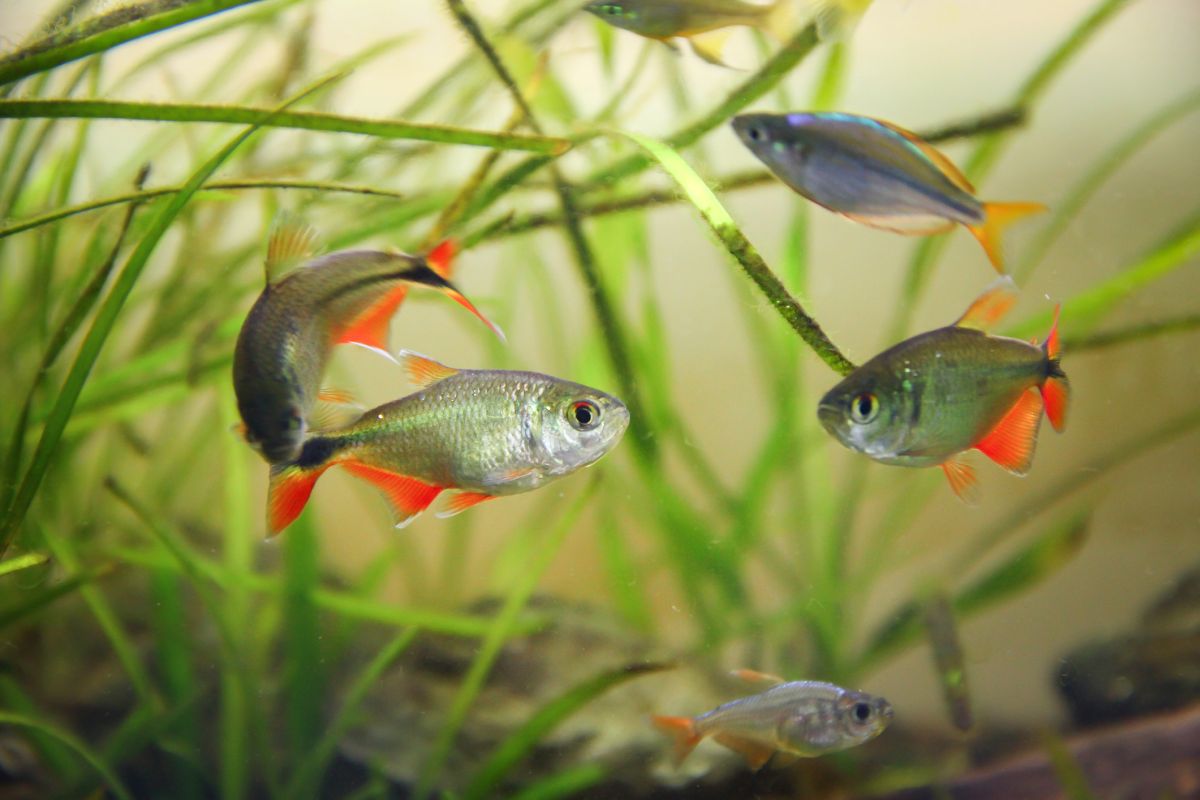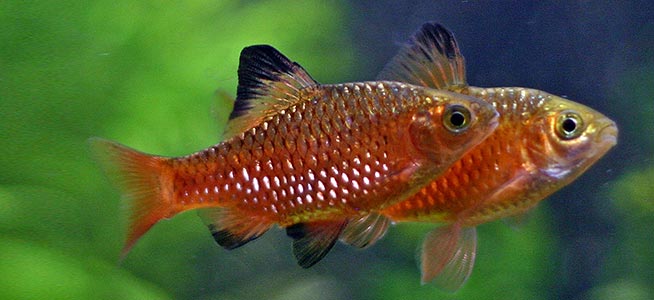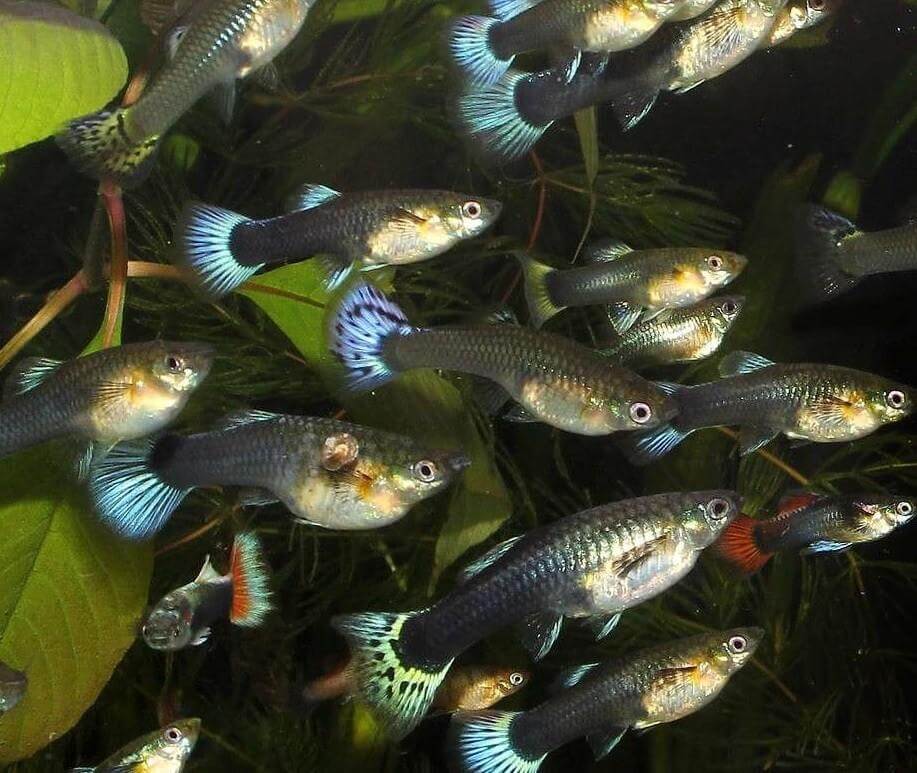Video of Actual Fish
Reynolds” Cory, also sometimes known as the Bumblebee Cory, is a peaceful bottom-dwelling catfish that is ideally suited to mature community aquaria. Described in 1960, this species was discovered in the Caquet province of eastern Colombia, which was quite far away from the usual fish collecting hotspots, hence it remained unknown in the hobby for some time. The habitat was shallow, sandy-bottomed, warm waters with gentle current. The aquarium should be aquascaped with a soft, sandy substrate in order to protect the delicate sensory barbels of these fish, and plenty of shady hiding places should be provided amongst aquatic plants and driftwood. Filtration should be efficient, but water movement gentle. Keep in groups of 5 or more due to their sociable, shoaling nature and with tankmates that are small and peaceful. This is a delicate species which is, unfortunately, a little more susceptible to bacterial infections than other members of the genus. Frequent partial water changes are a must for these catfish, as they can be very sensitive to elevated nitrate levels. Warm, soft, slightly acidic water seems to serve them well. This species is not recommended for beginners. Corydoras have the ability to breathe air intestinally, so a small gap should be left between the surface of the water and the cover slides in order for the fish to come up to the surface and take air in. It may do this numerous times per day. A fairly similar-looking species that is also referred to as a Bumblebee Cory and which was exported from Brazil during the late 1990s (initially referred to as Corydoras sp. Asher” was formally described in 2003 as Corydoras tukano.
Feeding
Offer a variety of sinking catfish pellets, plus frozen foods such as bloodworm, white mosquito larvae, daphnia, and vitamin-enriched brineshrimp. Many keepers note that this species is rather more active during the evening and into the night, so be sure to coincide this with feeding times.




Reviews
There are no reviews yet.